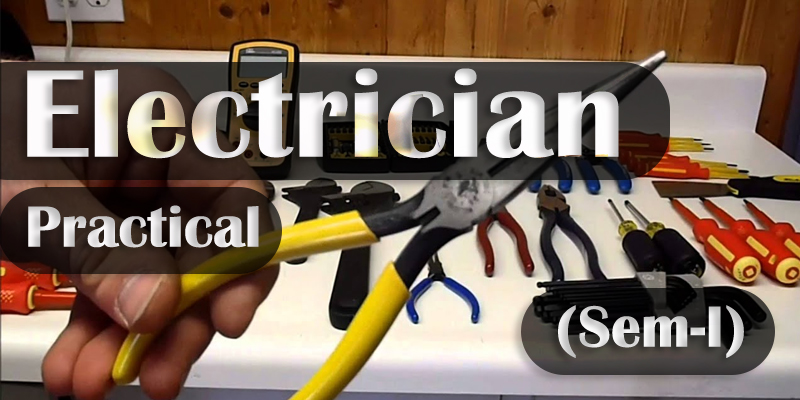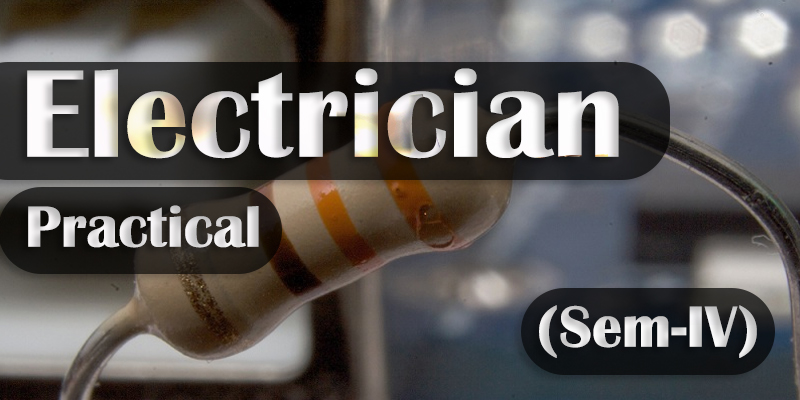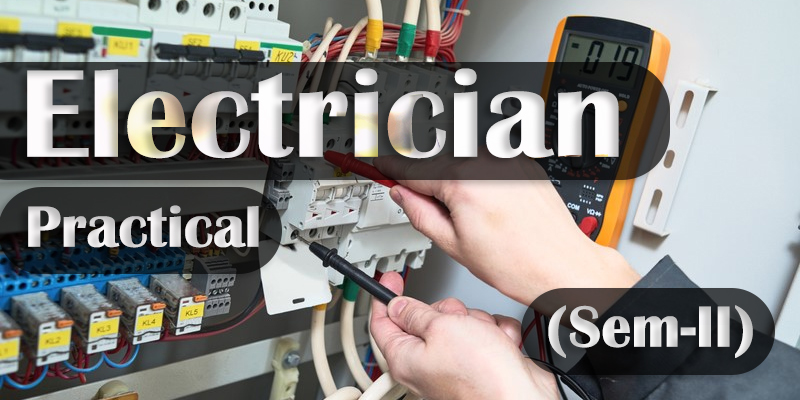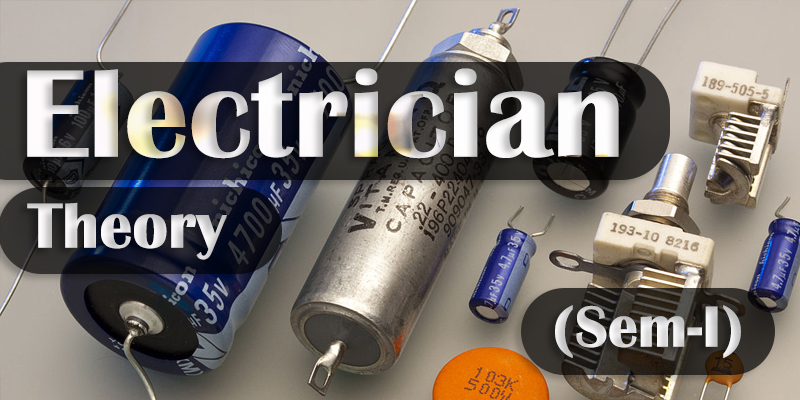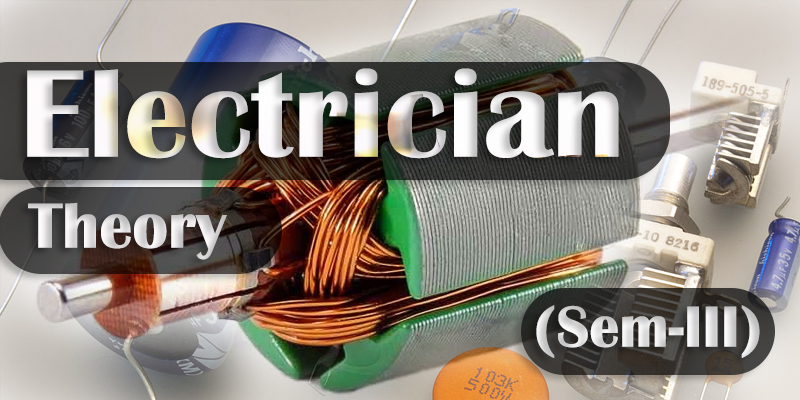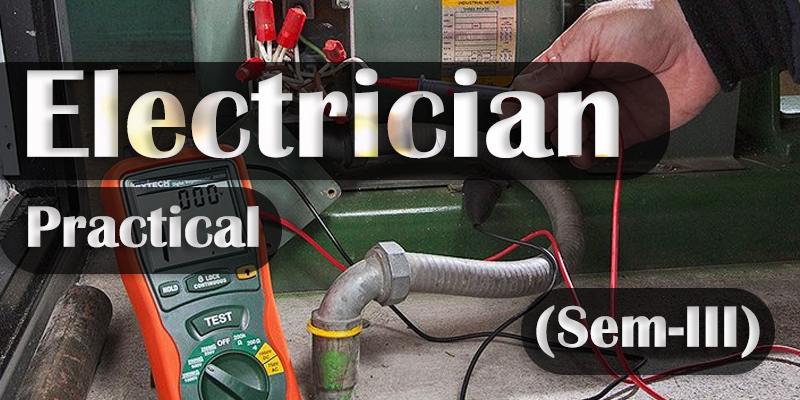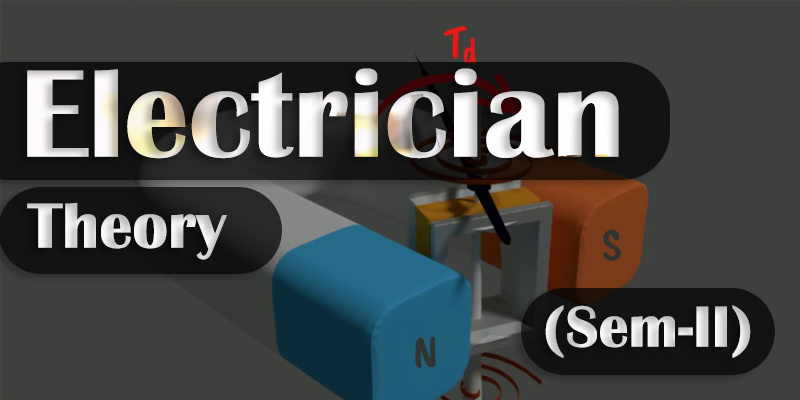Safety rules and safety signs
Anand
9 April 2025
🛡️ Safety Rules and Safety Signs for Electricians
Safety is the most important part of an electrician's work. Working with electricity can be dangerous, so following proper safety rules and understanding safety signs is necessary to prevent accidents and protect lives.

